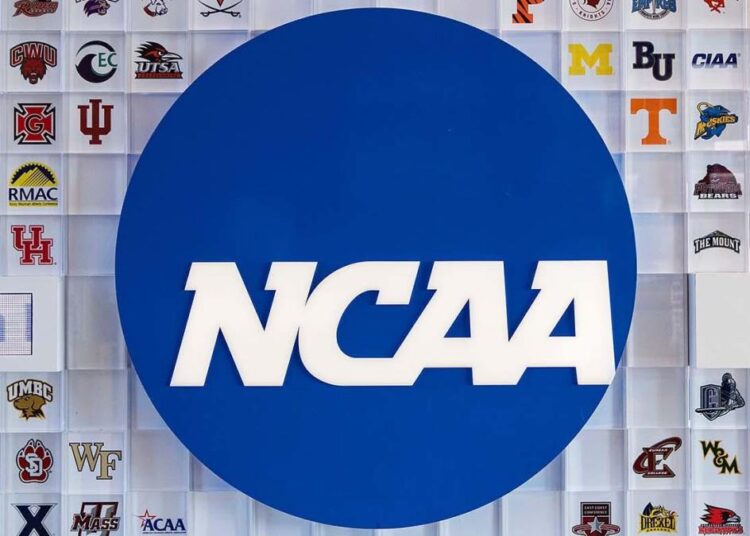High school athletes will be able to take an unlimited number of official visits as part of their recruiting process starting July 1, according to new rules passed by the NCAA Division I Council on Thursday. Recruits will be limited to one official visit per school, unless there is a coaching change.
Official visits allow schools to pay for transportation, a two-night stay, meals and “reasonable entertainment” for an athlete and up to two family members. Previously, prospective athletes were limited to five total official visits as part of their recruitment process.
“For young people considering where to go to college, visits to campus — both official and unofficial — are an integral part of the decision-making process,” said Lynda Tealer, chair of the Division I Council. “This was an opportunity to modernize NCAA rules in a way that provides greater and more meaningful opportunities for prospects going through the recruitment process.”
The decision could provide a significant victory for schools outside of the recruiting hotbeds who often struggle to get athletes on campus. For example, 15 of Oregon’s 29 high school recruits came from outside the Pacific Time Zone. With the new rules, it will be easier for Dan Lanning and his staff to bring more players to campus.
Additionally, non-power programs could more easily treat local prospects to official visits without costing blue-chip recruits one of their visits. However, it also gives an advantage to well-monied programs that can afford to hand out numerous official visits. Georgia, for example, spent 30% more on recruiting than any other program in college football over the past three years.
The new rule is part of a sweeping transformation to college recruiting instituted by the NCAA in April. The NCAA has shifted the recruiting calendar to allow coaches to contact recruits starting June 15 after a recruit’s sophomore year of high school, moved up from Sept. 1 of their junior year. Additionally, coaches will be able to have in-person contact with recruits after Jan. 1 of their junior year, vastly increasing the number of days available, but cutting the amount of total allowable total recruiting days by 37 between the spring and fall contact periods.
Updating the recruiting calendar has become a major priority for coaches as recruiting becomes essentially a non-stop activity. Staffs in December often deal with bowl prep, high school recruiting and navigating the transfer portal at the same time. Many of these new rules are focused at trying to ease the demands on staffs later in the year by opening the process up earlier in the year.
Read the full article here


























